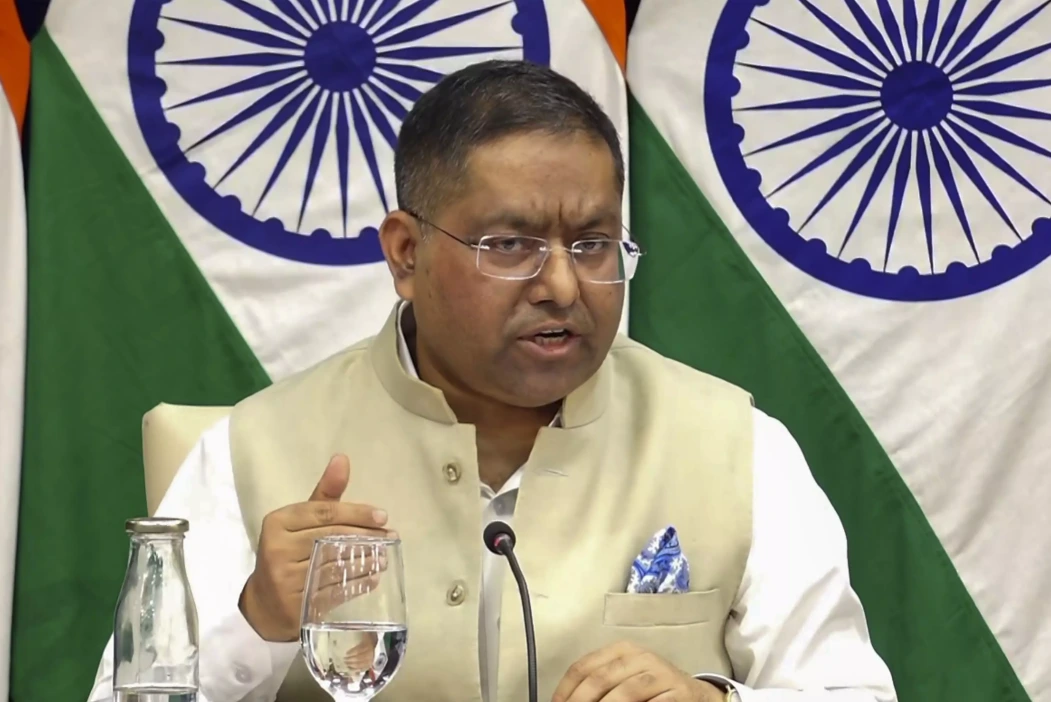The confirmed death toll mounted to over 4,300 due to mammoth earthquake that tore apart Turkey and neigbouring Syria on Monday even as the World Health Organization (WHO) fears that over 20,000 may have died as rescuers continued to dig the bodies and survivors from beneath the rubble of thousands of buildings flattened by the disastrous tremors.
According to official reports, the confirmed death toll across the two countries has soared above 4,300 after a swarm of strong tremors struck near the Turkey-Syria border.
WHO officials fear that the toll may soar to unimaginable numbers, estimating that 20,000 people may have died.
Reports from the Turkish and Syrian disaster response teams said that over 5,600 buildings have been felled across several cities, including many multi-storey apartment blocks that were filled with sleeping residents when the first quake struck.
An AFP report quoting eyewitnesses in the Kahramanmaras city of southeastern Turkey struggled to comprehend the scale of the disaster as some believed that this was the Apocalypse- the end of days.
Turkey’s relief agency AFAD on Tuesday confirmed that there were now 2,921 deaths in Turkey alone bringing the confirmed tally to 4,365.
Reporters from news agencies and rescue workers have reported horrific scenes from ground zero as sky scrapers continue to tumble left and right with survivors clamoring for safety.
In Gaziantep, a Turkish city home to countless Syrian refugees from the war-torn countries’s decade-old civil war, rescuers picking through the rubble screamed, cried and clamoured for safety as another building collapsed nearby without warning, AFP said in its report.
As per reports, the first quake- measured at 7.8 magnitude- was so massive that it was felt as far away as Greenland, and the impact is big enough to have sparked a global response.
Dozens of nations from Ukraine to New Zealand have vowed to send help, although freezing rain and sub-zero temperatures have slowed the response.
India dispatched the batch of relief material to disaster hit Turkey, hours after an announcement made about the same by the Prime Minister’s Office.
According to the Ministry of External Affairs (MEA), the first batch of earthquake relief material to Turkey- which consists of an expert National Disaster Response Force (NDRF) search and rescue team, highly-skilled dog squads, a range of medical supplies, advanced drilling equipment, and other crucial tools required for the relief efforts- was dispatched aboard an Indian Air Force aircraft.
In the southeastern Turkish city of Sanliurfa, rescuers were working into the night to try and pull survivors from the wreckage of a seven-storey building that had collapsed.
Some of the heaviest devastation occurred near the quake’s epicentre between Kahramanmaras and Gaziantep, where entire city blocks lay in ruins as snow gathers.
On Monday, according to the US Geological Survey, the first quake hit at 4:17am (0117 GMT) at a depth of about 18 kilometres (11 miles) near the Turkish city of Gaziantep, home to around two million people.
Reports by various rescue and disaster relief agencies have estimated that over 14,000 people have been injured Turkey, while at least 3,411 people were reported injured in Syria.
Officials said three major airports have been rendered inoperable, complicating deliveries of vital aid and a winter blizzard has covered major roads into the area in ice and snow.
The Syrian health ministry reported damage across the provinces of Aleppo, Latakia, Hama and Tartus, where Russia is leasing a naval facility.
Even before the tragedy, buildings in Aleppo — Syria’s pre-war commercial hub — often collapsed due to the dilapidated infrastructure, which has suffered from a lack of wartime oversight. Officials cut off natural gas and power supplies across the region as a precaution, also closing schools for two weeks.
Read Also: Uttar Pradesh men beat up elderly man over accident, video goes viral | Watch
WHO fears death toll may soar
WHO officials fear that the toll may soar to unimaginable numbers, estimating that 20,000 people may have died.
The global agency’s senior emergency officer for Europe, Catherine Smallwood told news agency AFP that there’s a continued potential of further collapses to happen as she feared an eight-fold increase in the death count.
Smallwood said that as the per the analysis of the initial reports, the number of dead and injured will, unfortunately, increased “quite significantly” in the following weeks as the dust settle and rescue workers recover more bodies from beneath the rubble.
The WHO official warned that people who’ve lost their homes will be meeting and gathering in collective environments which poses particular risks such as overcrowding and exposure to freezing temperatures. This, she added, may put the survivors at the mercy of respiratory viruses.
Turkey is in one of the world’s most active seismic zones in the world. A 7.8-magnitude tremor in 1939 killed over 33,000 people in the eastern Erzincan province.
The Turkish region of Duzce suffered a 7.4-magnitude earthquake in 1999, when more than 17,000 people died.
Turkey earthquake: India sends first batch of relief, NDRF search team
Pakistan lifts Wikipedia ban after orders from PM Shehbaz Sharif


 India News12 hours ago
India News12 hours ago
 India News11 hours ago
India News11 hours ago
 India News11 hours ago
India News11 hours ago
 India News8 hours ago
India News8 hours ago
 India News11 hours ago
India News11 hours ago















